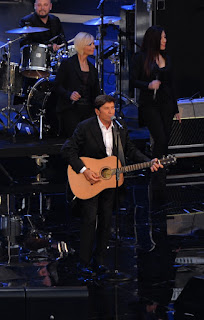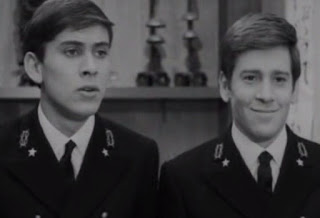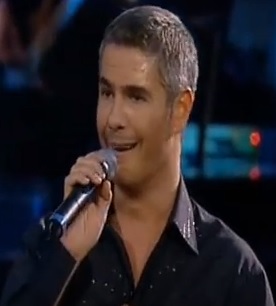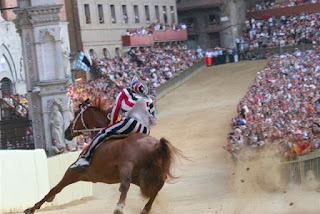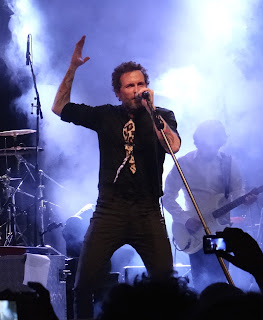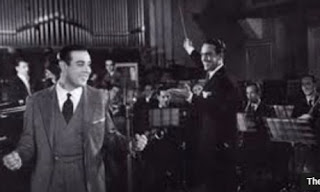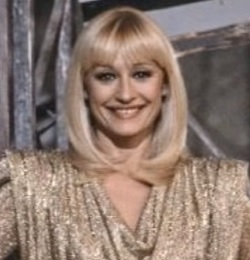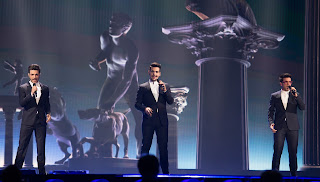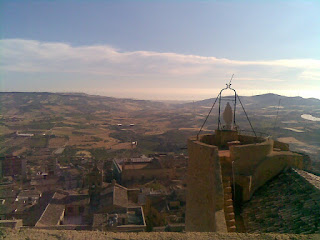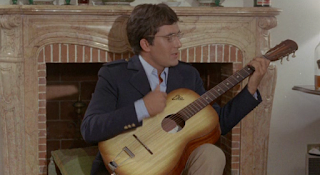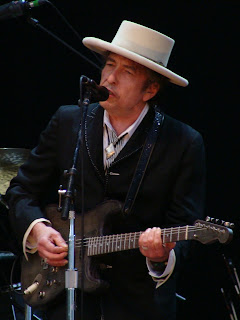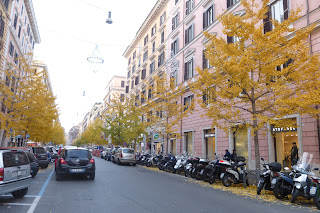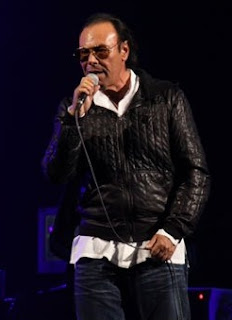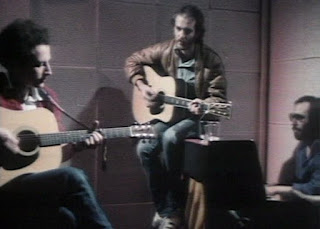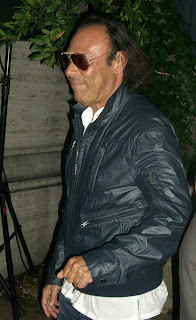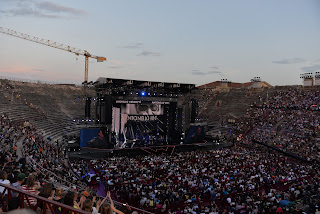Dance track made 30 years ago still holds record
 |
| Spagna performing her 1986 hit Easy Lady |
The singer and songwriter Ivana Spagna, whose single Call Me
achieved the highest placing by an Italian artist in UK chart history when it
reached number two in 1987, was born on this day in 1954 in the town of
Valeggio sul Mincio, in the Veneto.
Often performing as simply Spagna, she has sold more than 10
million copies of her singles and albums in a career spanning 46 years, having
released her first single in 1971 at the age of 16.
She began to sing professionally in the early 1980s, when
she provided the vocals for a number of disco tracks lip-synched by other
artists, and when she relaunched her recording career in her own right she met
with immediate success.
The single Easy Lady, recorded in 1986 and which she tends
to regard as her debut single as a professional artist, sold more than two
million copies, as did Call Me, which was released the following year.
Spagna defied the expectations of her record company, who
had misgivings about promoting an Italian singing in English under the stage
name “Spain” but were pleasantly surprised by her popularity.
 |
| The cover for Spagna's UK success Call Me |
Call Me topped the European singles chart and reached No 13
in the Billboard dance chart in the United States.
In 1987, her first album, featuring both successful singles
under the title Dedicated To The Moon, achieved a further 500,000 sales. She
followed up with a dance-rock album, You Are My Energy, and another hit
in the UK chart, Every Girl and Boy.
Supported by Sony Music, Spagna moved to the US in 1990,
living in Santa Monica, working on her new disco-pop album No Way Out, which
was geared to the US market.
After returning to Europe in 1993, recording her last
European hit, Lady Madonna, in 1995, Spagna decided it was time to start
singing in her native Italian.
Her big ‘break’ in that regard was to be chosen to sing
Elton John’s song Circle of Life, in Italian, for the soundtrack of the Italian
version of the Disney movie The Lion King. Released as a single, it was a big
hit in Italy.
Encouraged by the TV host Pippo Baudo, she took part in
several Sanremo Festivals, finishing third in 1995 with Gente Come Noi (People
Like Us), which was another successful single in Italy.
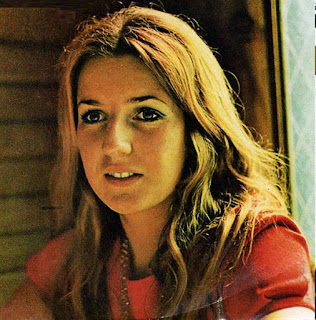 |
| Ivana Spagna as she was in 1969 |
Her first album in Italian, Siamo in due, sold more than 350,000
copies, which made it the best-selling album by a female singer in Italy in
1995.
Throughout her early career in particular, Spagna was guided
by her brother, Giorgio Theo Spagna, who gave her piano lessons and wrote songs
for her. He and Larry Pignagnoli, the
promoter and producer, joined forces with Spagna in the Opera Madre group as
they set out to conquer the Italo Disco scene.
Pignagnoli, who also writes songs, has worked with Spagna
for most of her career.
Today, Spagna is still recording and more recently returned
to creating dance tracks. She has also written a book, Sarà capitato anche a te (It will have happened to you too), describing the premonitory dreams she claims to have experienced repeatedly during her life.
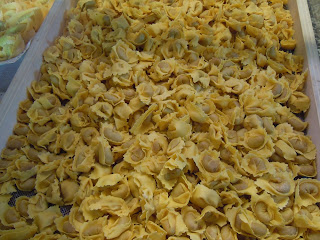 |
| Tortellini di Valeggio |
Travel tip:
Spagna’s home town of Vallegio sul Mincio, which can be
found about 25km (16 miles) southwest of Verona, is famous for tortellini pasta,
which it claims was invented there (although Bologna also makes that claim).
Vallegio’s story is that the shape of the pasta parcels was inspired by the legend
of Marco, a captain in the Visconti army, who eloped with a girl he originally
took to be a nymph from the Mincio river, leaving behind a knotted gold silk
handkerchief as a symbol of their love. The pasta shape is supposed to
represent the knotted handkerchief.
 |
| The remains of the fortified dam, the Ponte Visconteo |
Travel tip:
Each year on June 18, Vallegio sul Mincio stages a festival
that not only celebrates tortellini but also the 650m (710yds)-long Ponte
Visconteo, a fortified dam built across the Mincio by Gian Galeazzo Visconti in
1393. Two huge tables of 600m (656yds) each are assembled on the 25m
(27yds)-wide bridge with seats for 4,000 diners, who are served local
specialities including the tortellini, which has a filling of beef, pork and
chicken flavoured with celery, carrot and rosemary and is served cooked in a broth,
with butter and sage and a sprinkling of cheese.
Also on this day:

